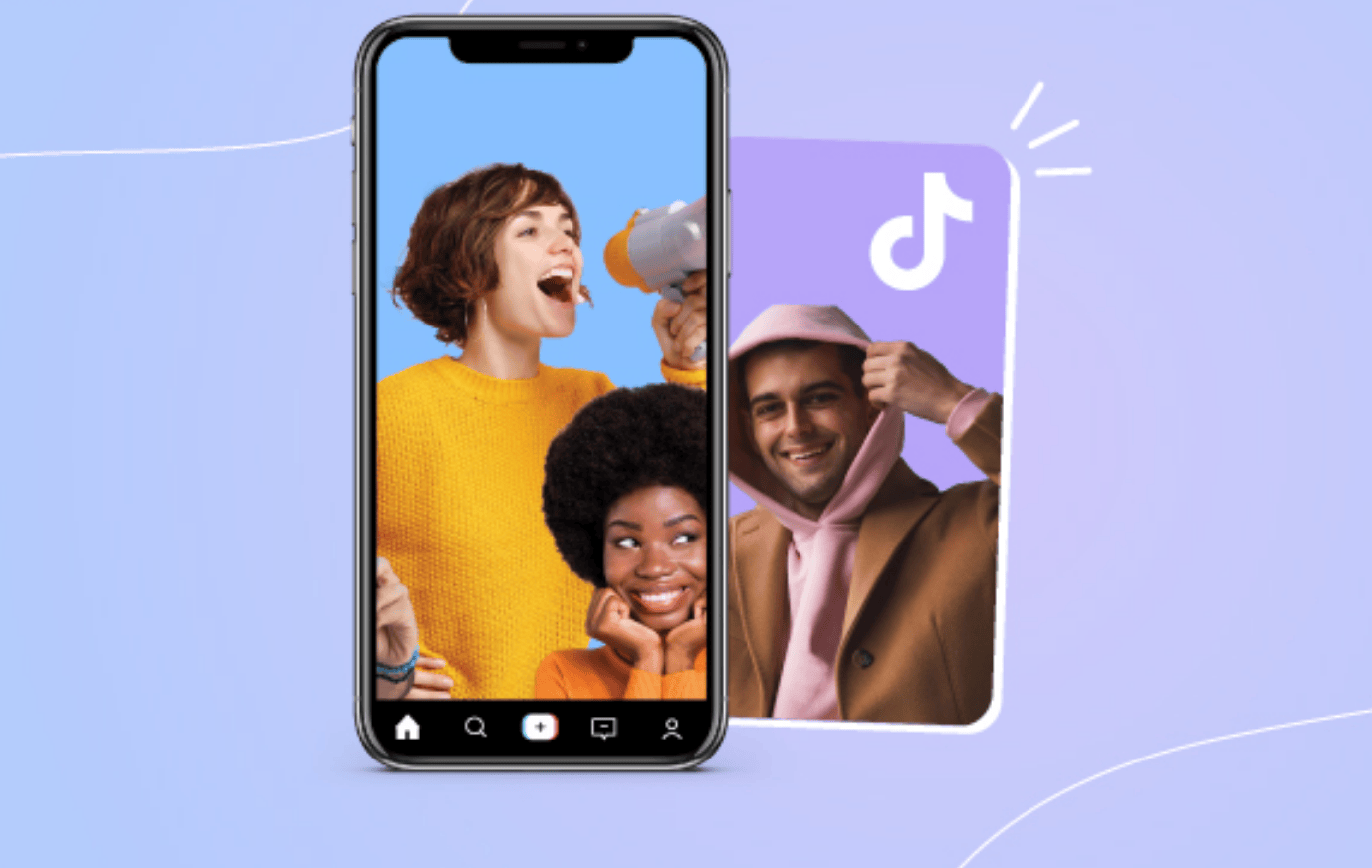AI vs Human UGC: What’s Best for Brands in 2025?
.png)
The rise of artificial intelligence (AI) has changed the marketing landscape forever. Tools capable of generating everything from product reviews to fully rendered virtual influencers have flooded the market. AI promises endless content at unprecedented speed and scale, and brands under pressure to produce content are understandably curious. But a critical question remains: does AI-driven user-generated content (UGC) perform as well as authentic human UGC? Which approach drives better results for brands looking to build trust and long-term growth?
At Lemyi, we’ve witnessed firsthand the advantages and shortcomings of both AI and human UGC. This article takes a deep dive into each, exploring the strengths, risks, and the hybrid strategies brands can implement for maximum impact.
Why Brands Are Tempted by AI-Generated UGC
AI tools can generate entire content campaigns with minimal human input. This appeal is obvious:
- Speed and volume: AI can create thousands of captions, product mockups, or short-form videos in minutes. For lean marketing teams, the ability to fill channels with content quickly is alluring.
- Cost efficiency: Instead of paying multiple creators, brands can invest in software licenses. This can appear to be a lower-cost solution for campaigns requiring significant content volume.
- Customization: AI can adjust tone, visuals, and language instantly for different audience segments, helping brands experiment with personalization at scale.
These advantages make AI content tempting, especially for brands with limited budgets. But the appeal comes with significant caveats. AI-generated UGC may boost output, yet it can undermine credibility when overused. Audiences are increasingly adept at spotting synthetic content. Trust, once broken, is difficult to regain, and campaigns reliant on AI can backfire when customers perceive them as inauthentic.
Why Human UGC Outperforms AI on Trust and Conversions
Authentic UGC created by real people remains the cornerstone of successful campaigns. Human-created content delivers results because it connects on a deeper level:
- Authenticity and credibility: A product testimonial from a genuine customer carries more weight than the most polished AI-generated review. Nielsen studies show that 88% of consumers trust peer recommendations over any other form of advertising.
- Emotional resonance: Human creators bring nuance, humor, vulnerability, and context that AI cannot replicate. These qualities build brand affinity and drive engagement.
- Community building: Real UGC sparks conversation and inspires others to contribute. Machine-generated content doesn’t foster the same sense of community.
Through Lemyi, brands can access micro-creators who produce high-performing UGC with real-life context and cultural relevance. This level of authenticity strengthens customer trust and drives measurable results such as higher conversion rates and lower customer acquisition costs.
Real-World Examples: Where AI Falls Short
Recent cases highlight the risks of leaning too heavily on AI-generated content:
- AI influencer backlash: Brands using entirely virtual influencers have faced pushback from customers who find the tactic disingenuous. While virtual influencers can generate curiosity, they often lack the credibility needed to drive purchase decisions.
- Synthetic reviews and ratings: AI-generated reviews can create legal liabilities and reputational damage. Customers now scrutinize reviews for authenticity, and fake-sounding feedback can erode trust quickly.
On the other hand, brands that leverage authentic human UGC see measurable impact. Adding verified user photos and videos to product pages has been shown to increase conversions by as much as 29%. Customers connect with real-life experiences that AI simply can’t reproduce.
The Hybrid Approach: AI and Human UGC Working Together
The optimal strategy for most brands isn’t choosing one or the other — it’s using AI and human UGC together:
- AI for support, not replacement: Brands can use AI tools to automate time-consuming tasks like editing, caption generation, and analytics. This frees human creators to focus on producing powerful storytelling and relatable content.
- AI for testing and iteration: AI can rapidly generate multiple ad copy variations or concept mockups. Human creators can then validate these ideas through real-life execution.
- Human creators for core content: Testimonials, lifestyle videos, and product walkthroughs should come from real people with firsthand experience.
This hybrid approach allows brands to harness AI’s scale without losing the trust and relatability that only human creators can deliver.
How Lemyi Helps Brands Strike the Right Balance
Lemyi was designed to help brands create scalable, authentic UGC without sacrificing control or ROI. Our platform makes it easy to:
- Connect with vetted micro-creators who understand how to build credibility with your target audience.
- Integrate AI editing tools to shorten delivery timelines and support content optimization.
- Use Shopify-ready analytics to track how UGC contributes to conversions and revenue.
- Protect both brands and creators with escrow-secured payments that are only released once content is approved.
This end-to-end approach allows brands to balance the efficiency of AI with the authenticity of human UGC. You can scale campaigns confidently, knowing that your content pipeline won’t compromise customer trust.
AI has a role to play in modern marketing, but brands that rely entirely on machine-generated UGC risk alienating their customers. Authentic, human-created content resonates more deeply and builds long-term relationships. The brands thriving in 2025 will be those that strike a balance: using AI to enhance workflows while keeping human creators at the core.
Ready to produce campaigns that scale without sacrificing authenticity? Brands can sign up on Lemyi today to post structured UGC jobs, and creators can join Lemyi to start applying for paid gigs.
Recent Post

12
Sep
How TikTok UGC Turns Browsers into Buyers in Southeast Asia
Learn how TikTok UGC is powering e-commerce growth in Southeast Asia. Discover why authentic creator content boosts trust and conversions, and how brands can scale campaigns with Lemyi.
.png)
28
Jul
Top 7 UGC Platforms Brands Should Know in 2025 — And Why Lemyi Leads in Southeast Asia
Compare the top seven UGC platforms in 2025 — Billo, Cohley, Insense, Trend, #paid, The UGC Club, and Lemyi — and learn why Lemyi’s escrow‑secured, Shopify‑ready marketplace leads Southeast Asia’s creator economy.
